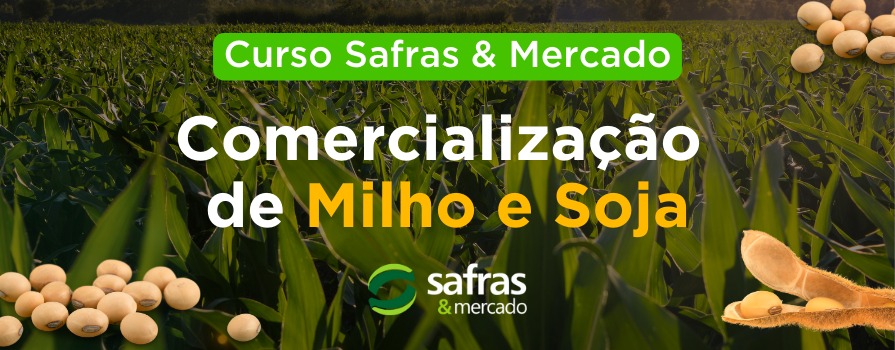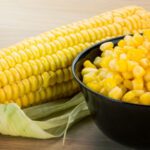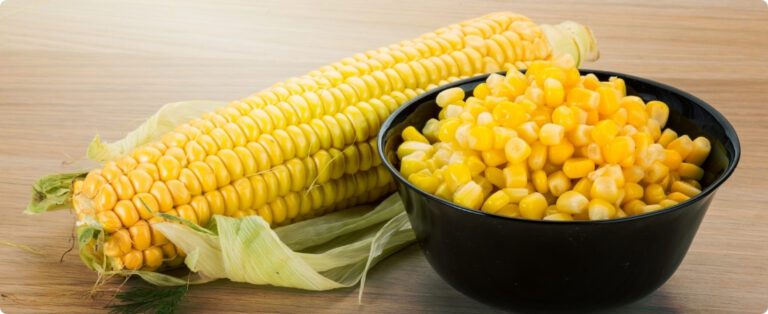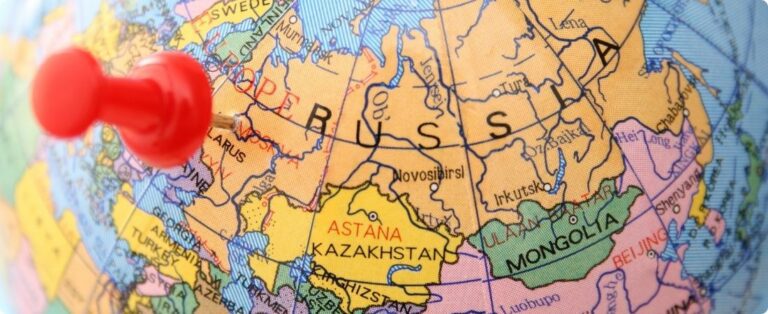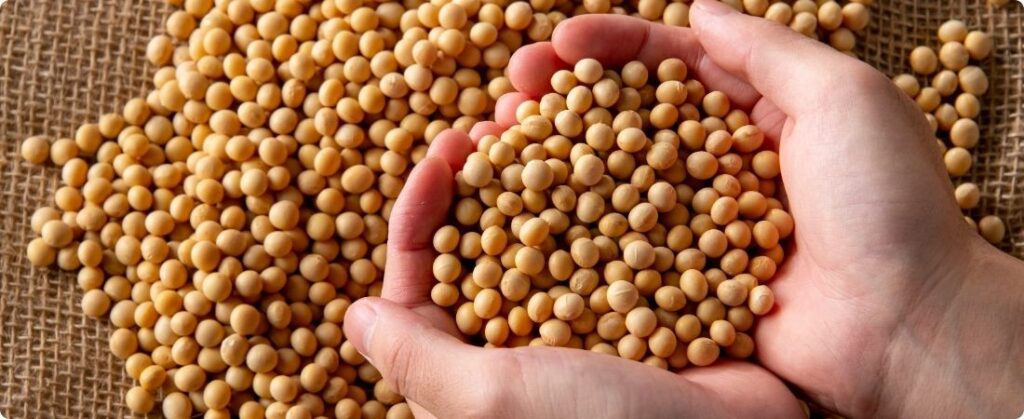
A harvest The 2024/25 soybean harvest in Brazil was characterized by varied weather conditions and instability in productivity projections, as highlighted in the Soybean Rally retrospective. The cycle, which began with drought and ended with excess or lack of rainfall depending on the region, had direct impacts on crops throughout all stages of cultivation. “It was a harvest marked by extremes, with dry spells during grain filling and poorly distributed rainfall during harvest,” he highlighted.
According to the analysis, conditions changed month by month, which required constant adaptation on the part of producers. In September 2024, the end of the sanitary gap allowed sowing to begin in states such as Mato Grosso, Rondônia, Bahia, Pará and São Paulo. However, irregular weather restricted planting to irrigated areas in the Central-West. Paraná, in turn, had favorable conditions and progressed within the planned schedule.
In October, sowing was slow in the first half of the month and intensified at the end of the month. In Mato Grosso, producers completed planting in areas intended for second-crop cotton at the end of the calendar.
November brought normal rainfall in the Central-West and Southeast, favoring the establishment of crops. Even so, the South began to experience dry spells, and Mato Grosso observed the early arrival of pests such as caterpillars and bedbugs.
In December, expectations of a record harvest persisted, as long as rainfall remained regular. Images of the first harvests in irrigated areas began to circulate. Rio Grande do Sul, however, began to record irregular rainfall.
Harvest progresses under the effects of drought and logistics
January 2025 was marked by drought in southern Mato Grosso do Sul, western Paraná and Rio Grande do Sul. “Some regions went 30 days without rain, with high temperatures,” the survey points out. The harvest was delayed in the Center-West, where the first reports of logistical and storage difficulties also emerged.
In February, despite the intensification of the drought, the Harvest Rally projected a new production record for Mato Grosso, with 50 million tons. Goiás, Minas Gerais, Bahia and Tocantins also presented positive results, while Mato Grosso do Sul and Rio Grande do Sul faced losses.
Rally released its final update in March, with an estimate of 172.1 million tons. “The review of the harvested area through Cropdata contributed to the positive adjustment,” it reported. The harvest reached 83%, while the Northeast, Southeast and South were still suffering from drought.
In April, producers practically finished harvesting. According to a survey by Agroconsult, some producers had already started planning the 2025/26 harvest since December, but the movement gained momentum in April, especially in the choice of cultivars.
Source: Seane Lennon | agrolink

